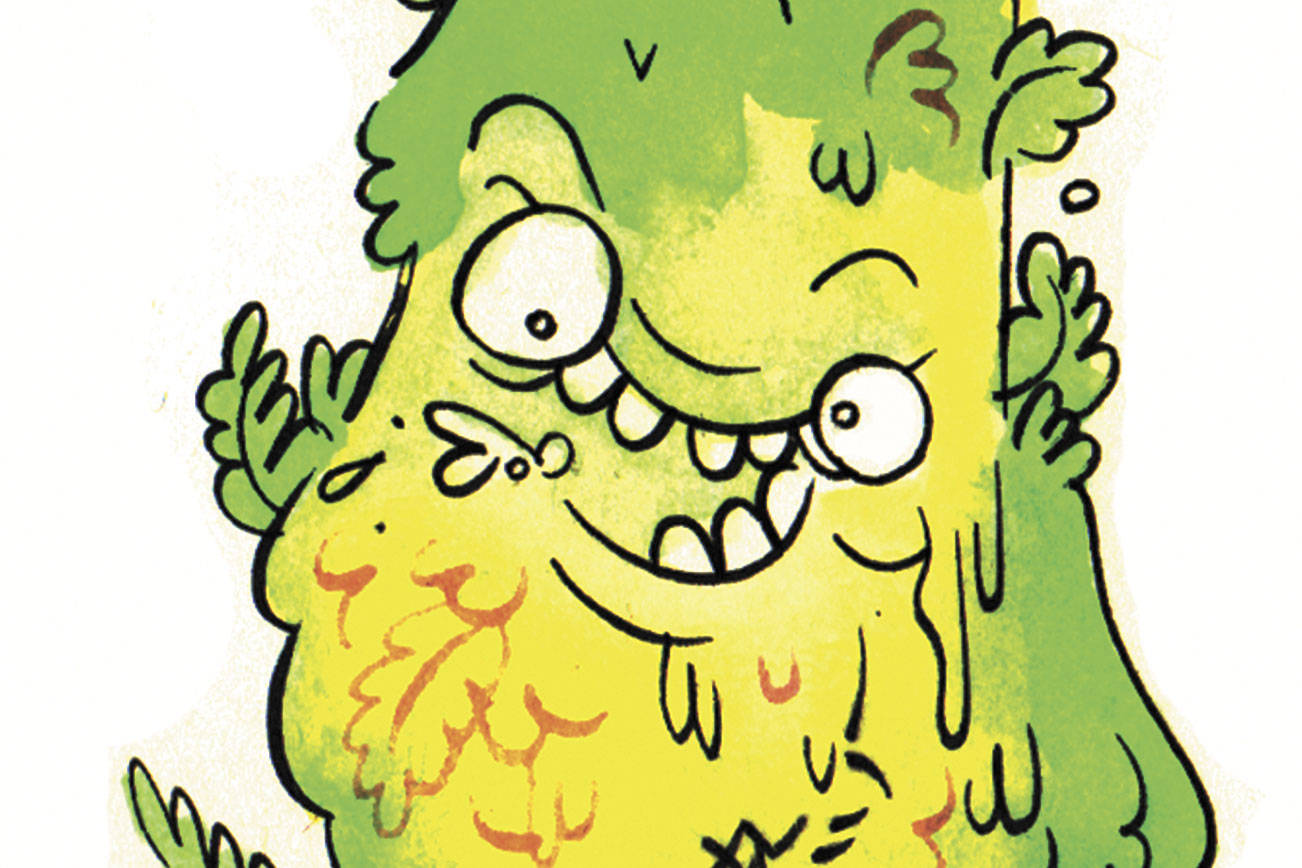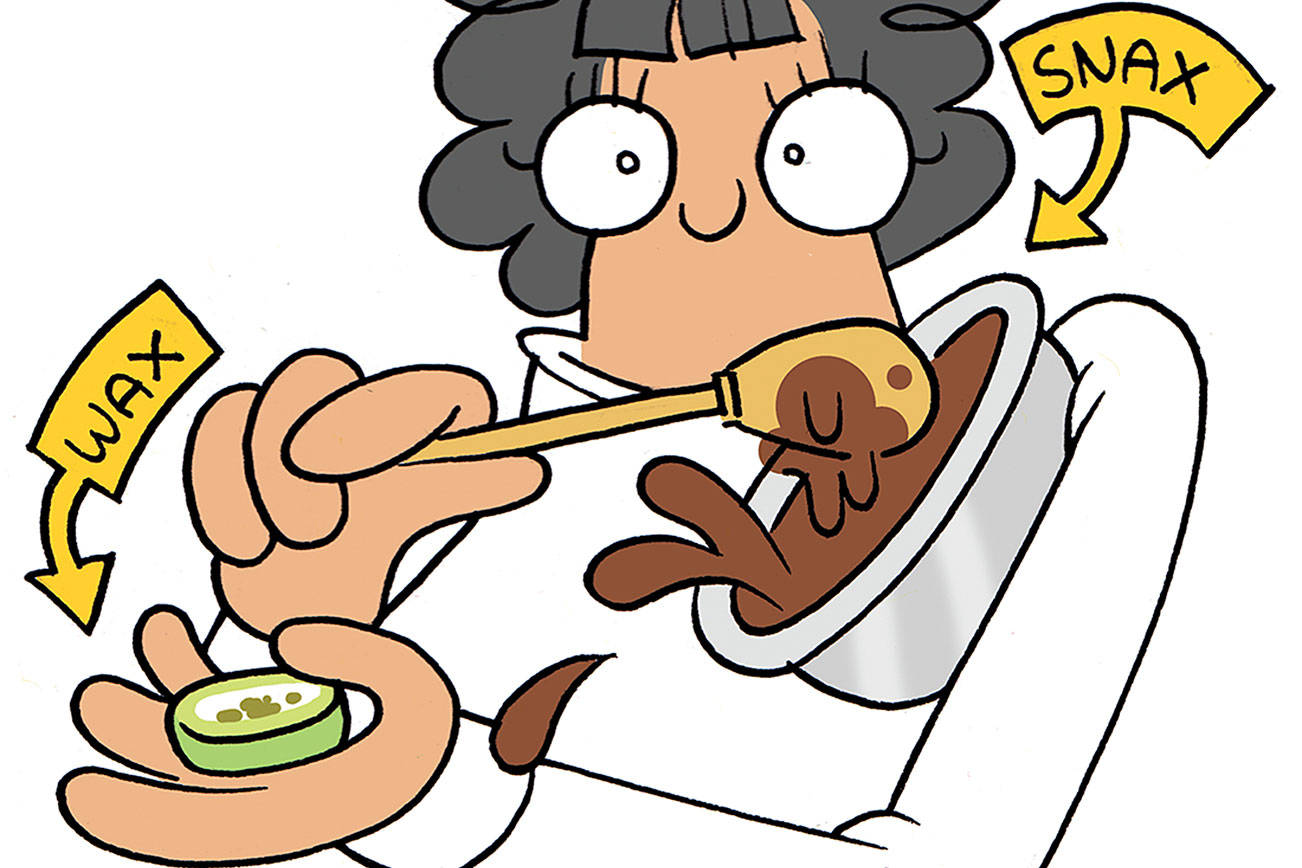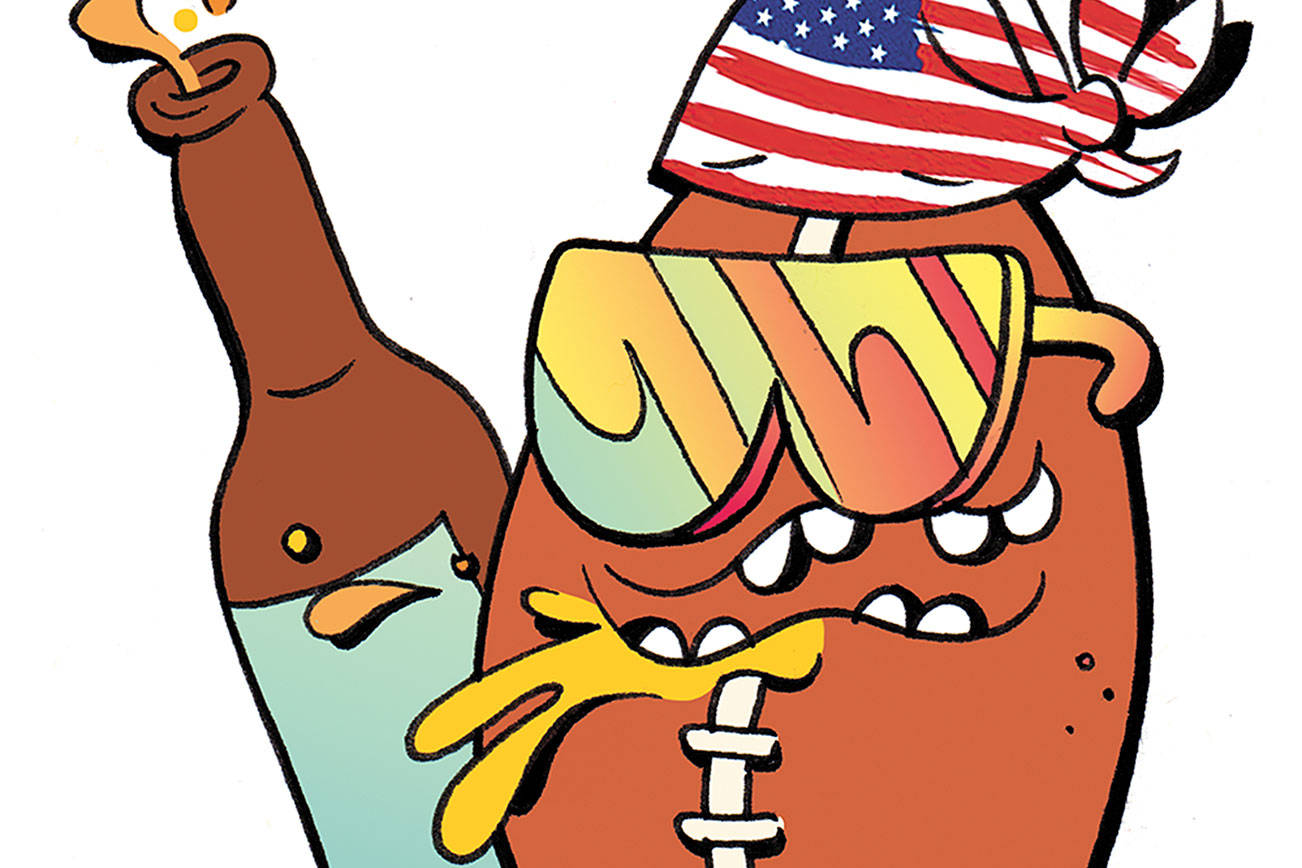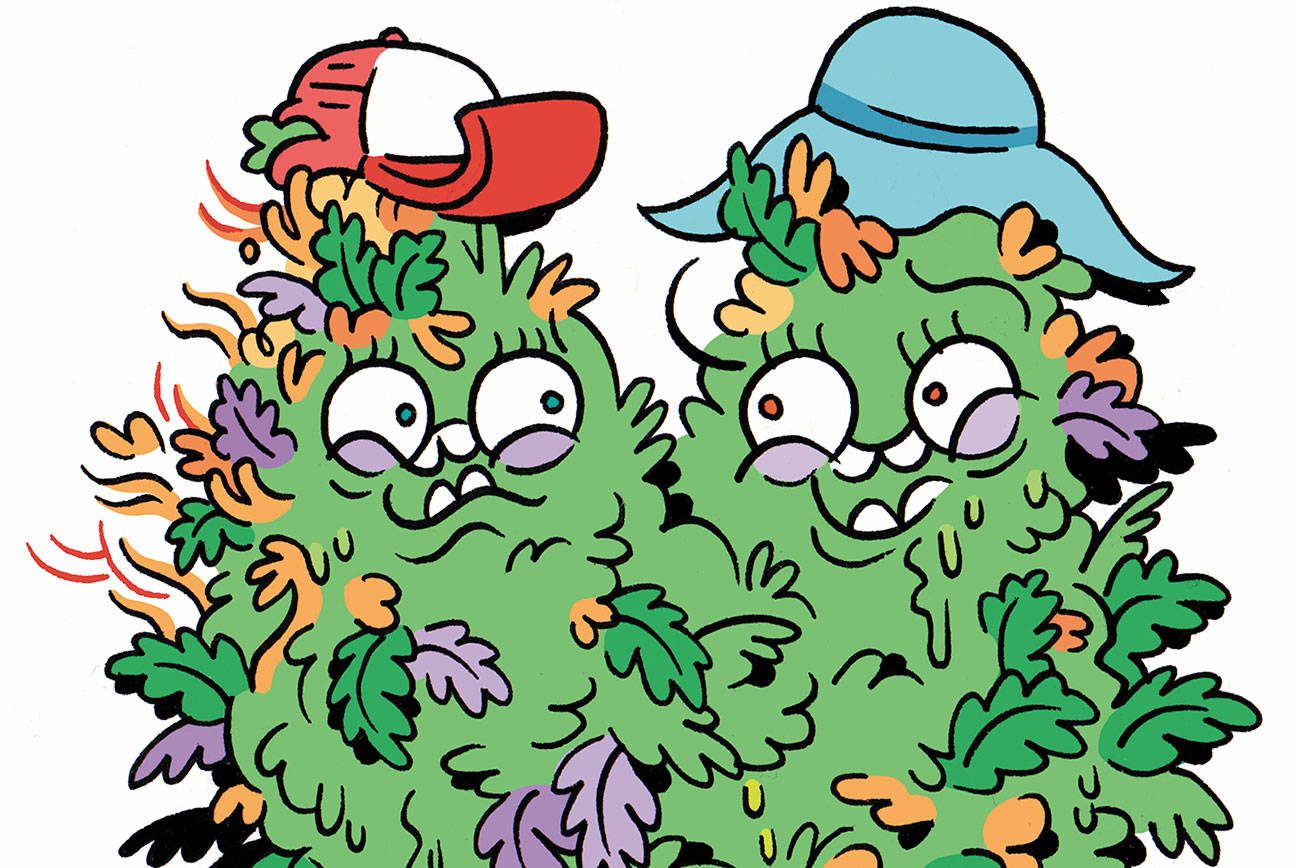While there may be no unifying body in the world of weed, Eaze’s State of Cannabis Data Report is the go-to source for a broad view on the industry (and far less stressful than this POTUS’s State of the Union speeches). Based in California, Eaze is the country’s largest medical marijuana delivery service and the fastest growing cannabis tech startup, delivering to over 350,000 patients across the Golden State. The national cannabis market eagerly anticipates the State of Cannabis report—Eaze’s annual customer survey—because of California’s market (conservative estimates project state’s industry will reach $10 billion this year) and the the polling data’s size (over 15,000 people). Here are some of the more interesting results from the 2017 edition.
It’s probably a no-brainer, but the highest sales day of the year was the grandmama of all stoner holidays, 4/20. More people try cannabis for the first time on April 20 than any other day of the year. Coming in second in single-day sales was “Green Wednesday,” the day before Thanksgiving (#danksgiving). So if you thought you were alone in “taking trips to the store” to get high, you probably should make more eye contact with your cousin or auntie—they might be holding as well. These high holy days were followed up by President’s Day weekend (makes sense, it’s cold outside) and Valentine’s Day (you know that’s all weed lube).
Interestingly, plain old flower was less popular than ready to use products for the first time. Concentrates sales fell, while vaporizers, edibles, and prerolls—all the convenience forms—surged in popularity. Baby Boomers lead the pack in generational sales increases, with an extra 19 percent joining the green team, preferring vaporizers over plain flower. Gen Z consumers still favor prerolls, flower, and concentrates, but sales numbers for the entire generation were down 14 percent. Gen Xers increased their spending by 13 percent, preferring vapes, edibles, and flower. Millenials’ spending didn’t really change much (a one percent decrease), but 72 percent of them still prefer vapes over anything else.
Consumers were willing to shell out around $185 a month on cannabis products, about a $50 increase per person over last year. And even though an indica took the top slot for favored strain, hybrids still outperformed everything else, followed by sativas.
Men tend to be focused on getting the most bang for their buck, with potent concentrates leading their preferences. Women have become a solid 35 percent of the medicinal cannabis consumers in California, their spending has increased by 20 percent, and they tend to buy all kinds of products. And they have a lot of options. The California market exploded this year, with Eaze seeing a 323 percent increase in the number products available.
More importantly, numbers are coming in from patients converting from pharmaceuticals to cannabis. Over half of the people surveyed (57 percent) also used sleeping pills or were currently using them. Almost all of them (95 percent) used cannabis products in an effort to reduce their pill intake. For 45 percent of those folks, cannabis replaced sleeping pills entirely. They also looked at people who were using to address anxiety. About half (48 percent) had taken some kind of anxiety medicine, and of those, 95 percent used cannabis to reduce their usage (40 percent switched over permanently). For both sleeping and anxiety, consumers tended to prefer vaporizers and flowers over slower-acting forms like edibles and tinctures.
stashbox@seattleweekly.com







